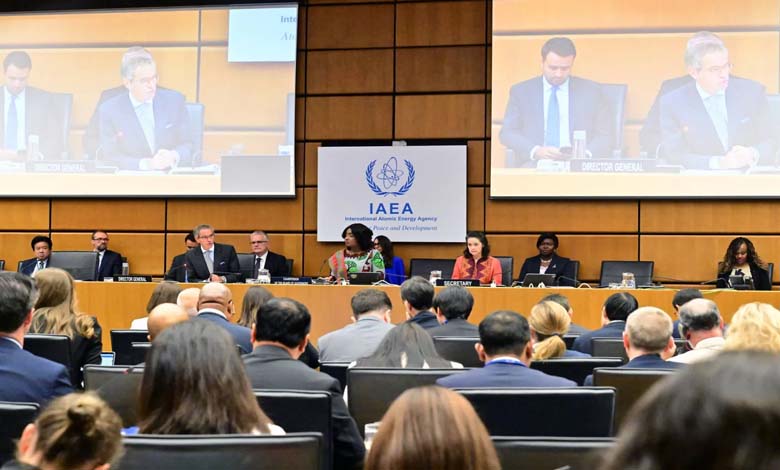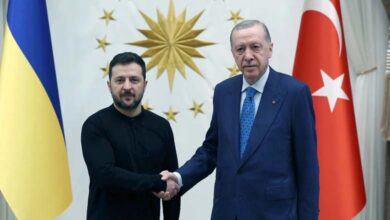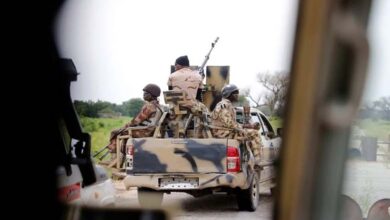In Search of Answers: Draft Resolution at the IAEA Board of Governors to Increase Pressure on Iran

The European troika and the United States have submitted a draft resolution to the Board of Governors of the International Atomic Energy Agency in an effort to increase pressure on Iran.
The Agency and its 35-member Board seek answers regarding Iranian nuclear sites that were struck by US and Israeli attacks earlier this year, as well as Iran’s stockpile of enriched uranium and access to those sites.
Diplomats indicated that the draft resolution is likely to be adopted on Wednesday, after being submitted on Tuesday by France, the United Kingdom, Germany and the United States. The move follows a report that the Agency sent to its member states last week, criticizing Iran.
According to the draft, Tehran has not allowed inspectors to enter the nuclear sites targeted by Israel and the United States in June, and the accounting of its enriched uranium stockpile has been significantly delayed.
Iran has not yet informed the Agency about the status of these sites or of the stockpile, which includes material enriched to 60 percent purity — close to the 90 percent required for weapons production.
The text states that “Iran must provide the Agency without delay with accurate information on the inventory of safeguarded nuclear materials and facilities in Iran, and must grant the Agency all necessary access to verify this information.”
The draft stops short of declaring Iran in violation of its obligations, unlike a resolution passed in June before the Israeli strike. However, Tehran has warned that any decision against it will be met with a response.
Iran’s mission to the Agency said last Friday: “If this draft resolution is adopted, it will inevitably have a negative impact on the positive momentum of cooperation between Iran and the IAEA,” calling the move a “grave mistake.”
In September, Iran and the Agency announced an agreement intended to pave the way for the full resumption of inspections and for clarifying the scope of Iran’s enriched uranium holdings. But Tehran has since declared the agreement void.
Western diplomats described the draft resolution as primarily technical. It grants the Agency a new mandate to report on Iran’s nuclear activities following the expiration of the previous ten-year mandate established in 2015, the year the nuclear deal between Iran and world powers was signed.
However, the text goes beyond criticism of Iran’s limited cooperation or calls for a diplomatic solution — implicitly referring to possible talks with the United States — and requests that Iran implement the Additional Protocol, which expands the Agency’s oversight powers.
The Additional Protocol, signed by Iran in 2003 but never ratified, was a cornerstone of the 2015 nuclear agreement, which lifted sanctions in exchange for strict limits on Iran’s nuclear activities.
The Protocol grants the Agency broader access to a country’s nuclear undertakings, including the authority to conduct unannounced inspections at undeclared sites.
The 2015 agreement collapsed after the United States withdrew from it in 2018 during President Donald Trump’s first term. Iran responded by abandoning several commitments, including implementation of the Additional Protocol.
The draft resolution states that the “Board of Governors calls on Iran to fully comply with the provisions of the Additional Protocol, signed on 18 December 2003, and to implement it without delay.”
It also asks the Agency to provide additional details in its reports, including the locations of Iran’s enriched uranium stockpile and its centrifuge inventory.
The Agency lost oversight of Iran’s centrifuges when Tehran ceased implementing the Additional Protocol in 2021.
Currently, the IAEA can only monitor centrifuges in declared enrichment facilities, many of which were destroyed or severely damaged in US and Israeli military attacks.












